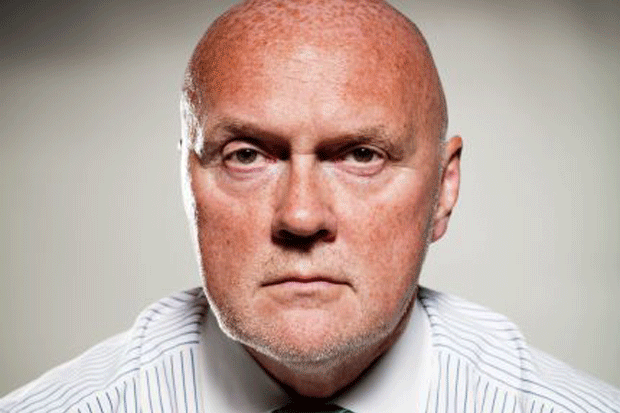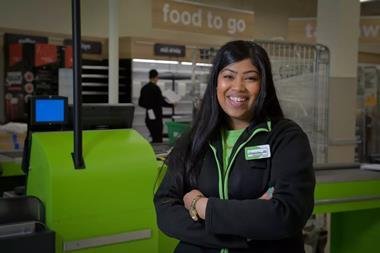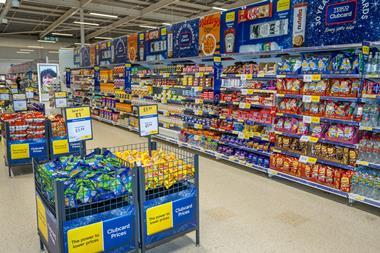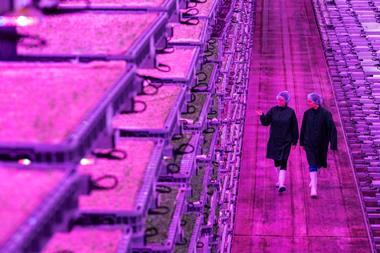
Reversing well over 10 years of decline is no mean feat. Yet that is the challenge Asda has on its hands. For a number of years, it’s been playing all the wrong notes in the wrong order.
Asda’s latest Formula for Growth is the same formula it used to bring success in the late 1990s. There are three key elements: range, price and availability. It is no surprise price and availability have been addressed first – they are the easiest to fix. The first requires money, the second requires dedication. The hardest to fix is range. It is not simply about reducing range from 30,000 SKUs to 24,000. The ranges have been built on foundations made of sand.
Own brand is the beating heart of every strong grocery retailer. With private label, you are responsible for everything from the ingredients to the packaging. When you compare Asda’s mid-tier range to rival offers, you can see one of the reasons why it is struggling.
The packaging hides that it is an Asda brand. When you look at an Asda bag of rice or an Asda ketchup bottle, you have to look hard to see ‘by Asda’ in small letters in the lower half of the label.That’s in sharp contrast to Tesco and Sainsbury’s, which shout loud and proud about their names.
The sub-brands – ‘Cook by Asda’, ‘Bake by Asda’ and ‘Exceptional’ – only add to the confusion. Does Tesco have any sub-brands? No. Instead, it has a strong ‘good, better, best’ offer, which is made clear to its customers.
Similarly, the in-store experience needs to be easy for a shopper. That starts with merchandising. Fixtures should tell a story. They should make clear to customers where the value is, which products are own label, and which are good, better and best. That information is communicated through the layout and the shelf-ready packaging. When you walk into an Asda store, the fixtures tell a story, but not in a good way. They tell us there is no clarity, no vision, no understanding.
When you get that part wrong, it makes everything else much harder. It puts availability at risk, as there isn’t enough space for the biggest sellers. It reduces the likelihood of a customer picking up something extra as they can’t see the wood from the trees. This part is the hardest part to fix, and it will be one of the reasons Allan Leighton says it will take five years to fix Asda.
Own-brand packaging and in-store merchandising are the costliest and most time-consuming parts of retail. A full rebrand takes at least a year to do properly. Of course, it can be done more quickly – but it will be done badly.
Every single category in Asda needs a range review, which is an expensive exercise in both planning and implementation. Range reviews are also disruptive to store colleagues and customers. Tesco’s Project Reset took years. It went in with one timeframe in 2015, and quickly realised it wasn’t long enough. Its layouts and fixtures today are based on what it did 10 years ago – and they are working incredibly well.
The low-hanging fruit for Asda was always going to be price and availability. The hard yards are what comes next. The decline in Asda’s fortunes didn’t start in 2021 – it started over 10 years earlier. Allan Leighton has compared some of Asda’s stores to battleships. It takes between four to eight years to build a battleship, which sounds about right for a complete Asda turnaround.
Ged Futter is the director of The Retail Mind



















No comments yet